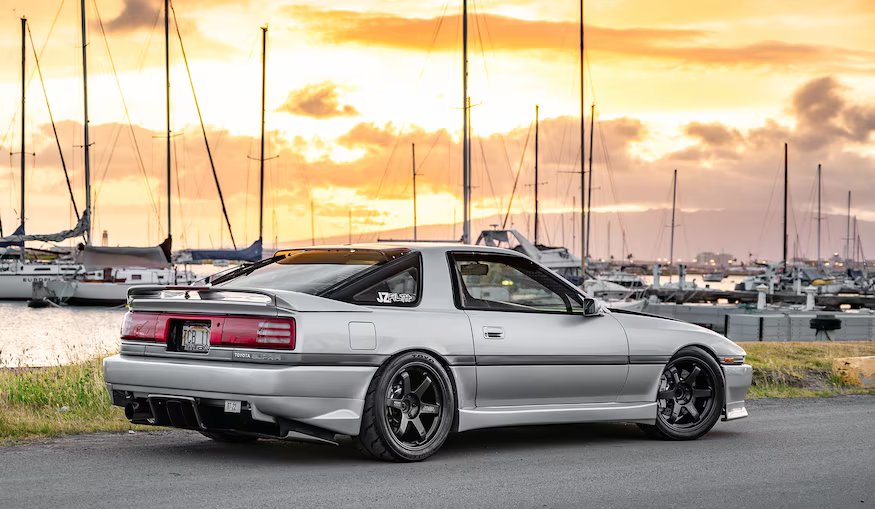When discussing the legendary Toyota Supra, the 1993-1998 Mk4 Supra is almost always the first car mentioned. For decades, the Mk4 reigned supreme in the tuner world thanks to its Fast and Furious stardom and powerful, over-engineered 2JZ engine.
When the resale prices of the Mk4 became unattainable for many, aspiring JDM hotrodders turned to the next best thing: the A70 Mk3 Toyota Supra.
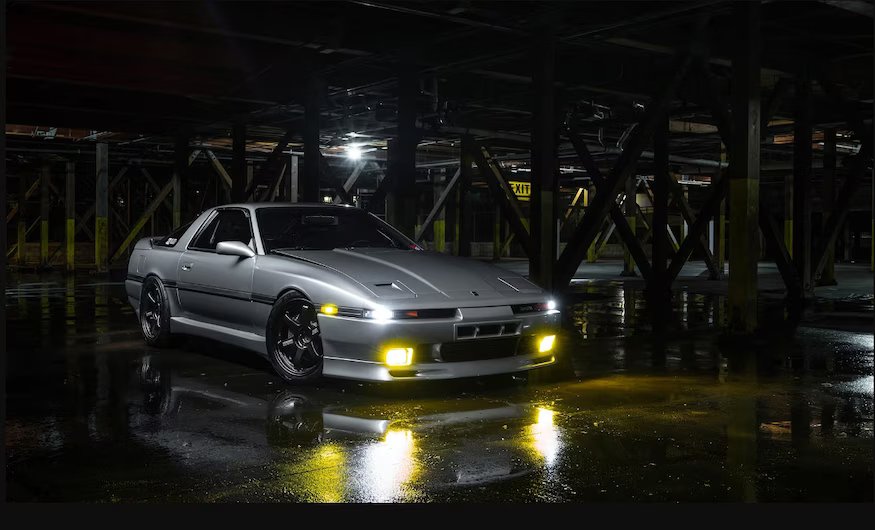
The third-generation Mk3 Supra was introduced in 1986, marking the first time Toyota officially made the Supra its own model. The Mk3 was equipped with a new rear-wheel-drive chassis, a sportier wedge design, and a larger, more powerful six-cylinder engine than its predecessor.
The A70 elevated the Supra from an optional package to a legitimate sports car. The following is an exhaustive list of everything you could possibly want to know about Toyota’s other old-school Supra.
The Mk3, or A70, Supra is the third generation of the Toyota Supra and was manufactured from 1986 to 1992. Technically, we say that because production delays pushed its debut date all the way back to February 1986. (whereas most new models at the time came out in the fall of the previous year). Because of the late start, the 1986.5 model year has become popular in Supra circles and forums.
Is Mk3 Supra & Celica identical?
No, the Mk3 Supra and Celica are not the same vehicle, but the Supra was once based on the Celica. The previous (Mk2) Supra was a variant of Toyota’s Celica, appropriately dubbed the Celica Supra outside of Japan, where it was known as the Celica XX.
However, the Mk3 Supra was the first to be completely decoupled from the Celica, and it went on to become Toyota’s supreme sports car.
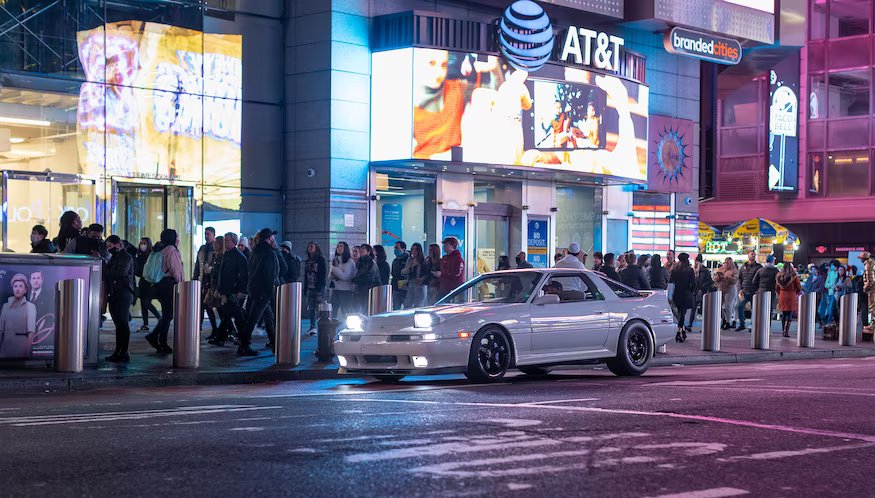
The Celica had a transverse engine and front-wheel drive, whereas the new Mk3 Supra had its own rear-drive chassis and suspension, which was highlighted by its Toyota Electronically Modulated Suspension (TEMS). TEMS, a forerunner of today’s hyper-active suspensions, allowed the Supra’s shocks to be adjusted to one of three different settings to better adapt to road conditions.
Is the Mk3 Supra powered by a 2JZ engine?
No, not from the factory. Although the Mk3 Supra had a turbocharged straight-six engine (more on that later), the world-famous Toyota 2JZ engine didn’t appear in the Supra until the Mk4 A80 version in 1993.
For the uninitiated, the 2JZ turbocharged inline-six gained popularity due to its extremely strong iron block, which repeatedly demonstrated that it could easily handle 700+ horsepower before any bottom-end work was required.
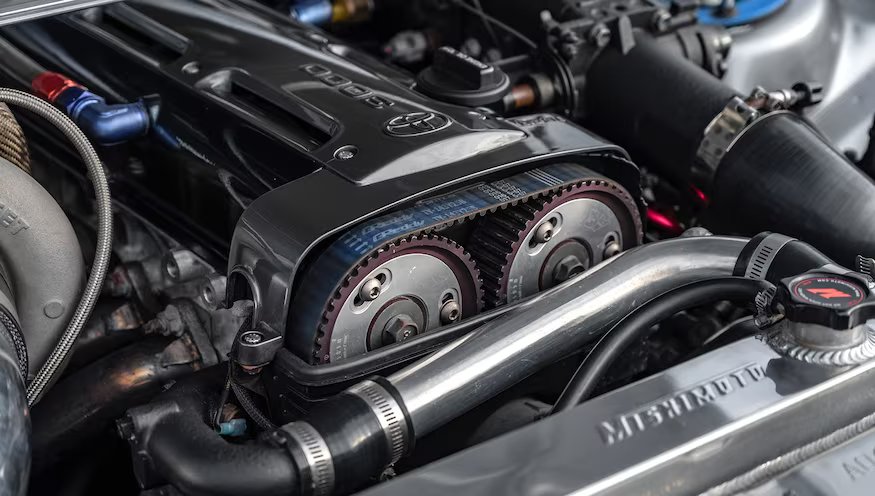
The only engine available in the United States for the 1986 Supra was Toyota’s then-new, naturally aspirated DOHC 24-valve 3.0-liter 7M-GEU inline-six, which produced 200 horsepower and 196 lb-ft of torque. Toyota then introduced the 7M-GTE, a DOHC 24-valve 3.0-liter inline-six, in 1987.
Nonetheless, the GTE benefited from the addition of a turbocharger, which increased power to an impressive 232 horsepower and 254 lb-ft of torque. Owners could choose between a five-speed manual or a four-speed automatic transmission with either engine configuration.
How Fast Is the Supra Mk3?
It’s no surprise that the current Supra is lightning fast. But then, the Toyota Supra has always been known for its speed. In fact, when we tested the Supra Turbo for Import Car of the Year in 1987, it outperformed every other car in terms of acceleration, achieving a then-remarkable 0-60-mph time of 6.9 seconds and completing the quarter mile in 15.4 seconds at 91.8 mph.
The Supra Turbo impressed us with its superior speed and power despite not winning the trophy. From 1986 to 1993, the Mk3 Supra sold in the United States was powered by a naturally aspirated 3.0-liter inline-six producing 200 hp and 196 lb-ft of torque.
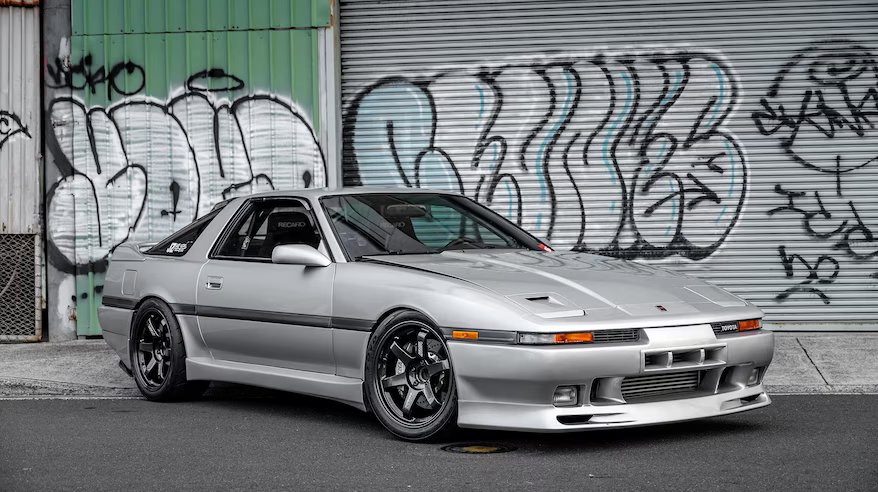
From 1987 to 1993, Toyota offered an optional turbocharged 3.0-liter inline-six with 232 hp and 254 lb-ft of torque, which is about 100 hp less than today’s A80 but still impressive for its time. Both cars were available with either a five-speed manual or a four-speed automatic transmission.
Despite its 2+2 configuration, the Mk3 is surprisingly heavy, especially when compared to contemporary Japanese vehicles such as the diminutive Honda CRX. The manual-transmission vehicles were lighter than the automatic vehicles.
The stick-shift cars ranged in weight from 3,219 to 3,616 pounds, depending on the options. The auto versions weighed between 3,483 and 3,792 pounds. To put the weight of the Mk3 autos into perspective, they were heavier than the current turbocharged 3.0-liter Toyota Supra with all of its safety equipment, body cladding, and technology.
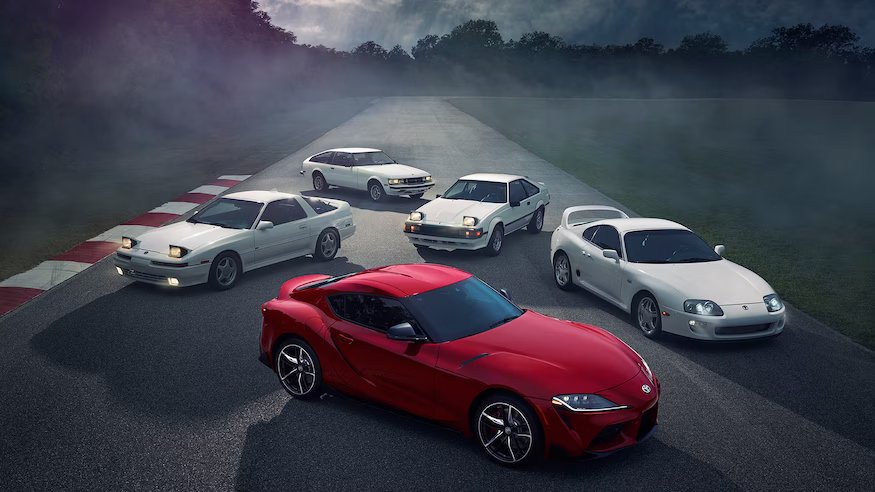
The official Japanese domestic market (JDM) Supra was available with a variety of engines that were not available in the United States. Between 1986 and 1992, Japanese owners had the option of a naturally aspirated 1G-GEU 2.0-liter inline-six with 158 hp and 130 lb-ft of torque or a twin-turbocharged 1G-GTE 2.0-liter inline-six with 207 hp and 180 lb-ft of torque. From 1990 to 1993, JDM Supras were also available with a 1JZ-GTE twin-turbocharged 2.5-liter inline-six producing 276 hp and 268 lb-ft of torque.

